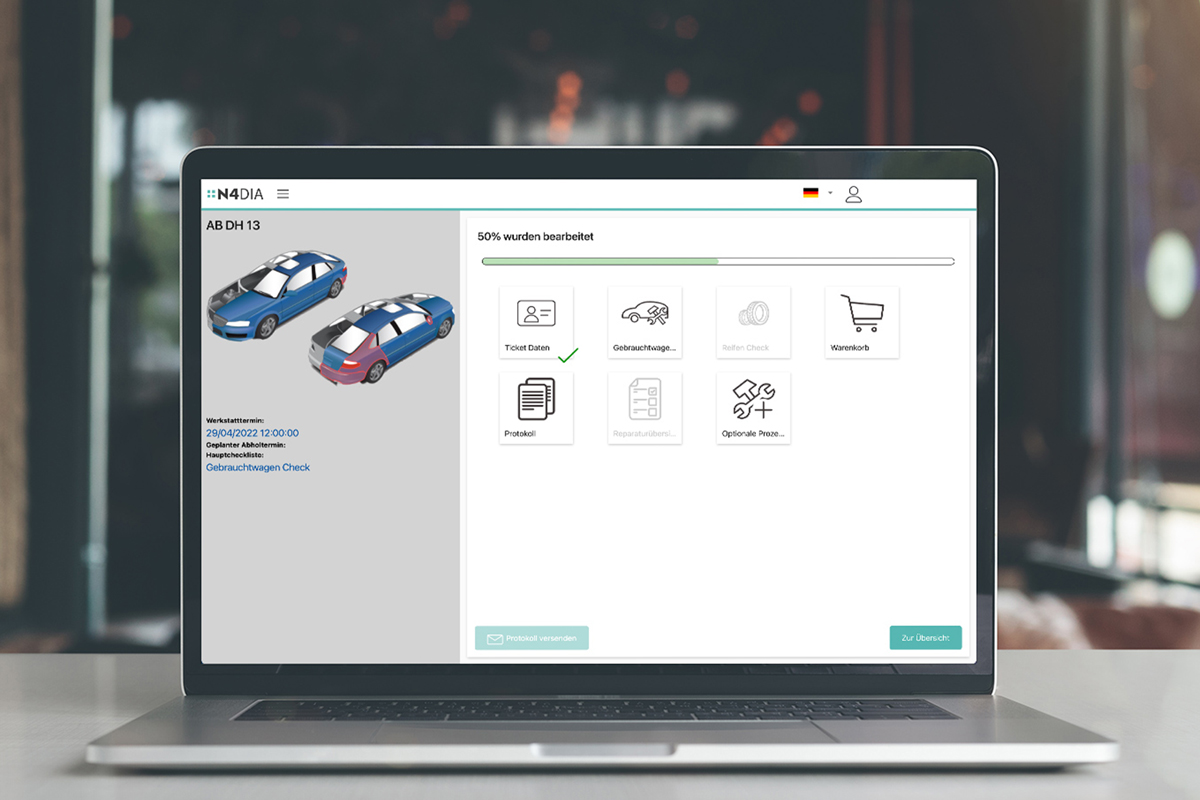
“Customer centricity is the basic prerequisite for sustainable economic success. The customer and his or her needs must be at the centre of business activity in order to solve problems for the customer in the best possible way. In combination with an optimal customer journey, you achieve real customer loyalty and a lock-in effect, so that the customer has no desire to go anywhere else.”
KOLJA PROHL, managing director, Hämmerling









